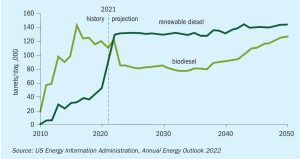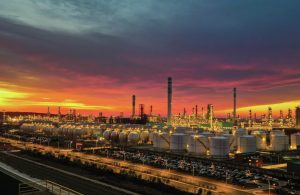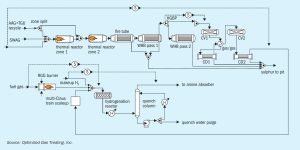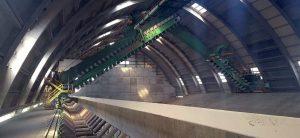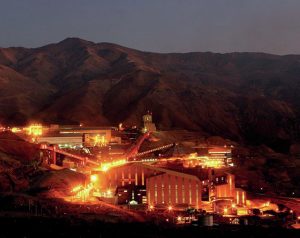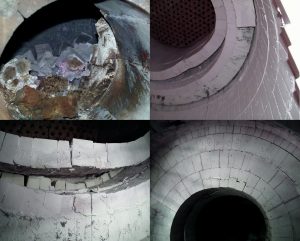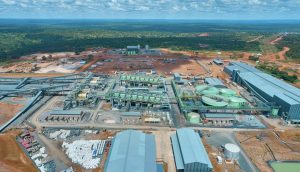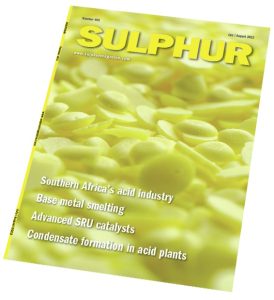Suncor has selected Rich Kruger to be the company’s next president and CEO, effective from April 3rd, according to the company. Kruger will also join the Suncor board of directors. The announcement follows a search process conducted by a special committee of the board. Rich Kruger previously worked for ExxonMobil for 39 years, and was the chairman and CEO of Imperial Oil Ltd from 2013 through 2019 before retiring from the company, where he focused on safety, reliability and operational excellence. Kris Smith, who has been interim CEO since July 2022, will work with Kruger to ensure a smooth transition before assuming the role of Chief Financial Officer and Executive Vice President of Corporate Development, at the conclusion of Suncor’s annual general meeting on May 9, 2023. Alister Cowan, the current CFO, plans to retire but has offered to remain with the company through the end of the year to support the transition to Mr. Smith and to provide advisory services. Smith replaced previous CEO Mark Little, who resigned in July 2022 following investor pressure after a series of safety incidents and fatalities.
